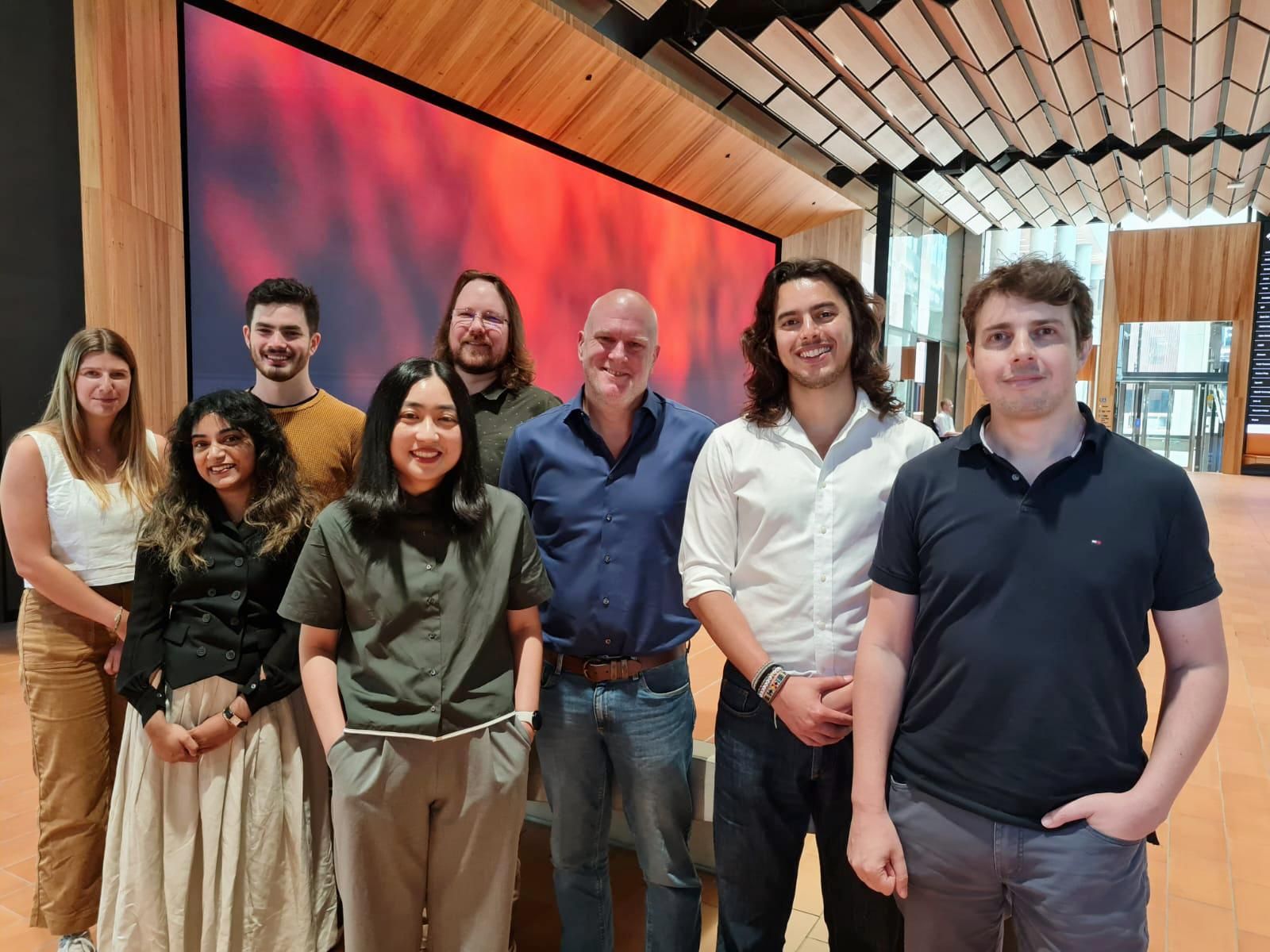
Every great breakthrough starts with a real problem.
For space startup Arlula founders Sebastian Chaoui and Arran Salerno, the problem was simple: Why is it so hard to get great satellite images?
Instead of waiting for someone else to fix it, they built their own technology.
Now, that technology’s been handpicked by the Japan Government to help track climate change, urban sprawl, and natural disasters faster and cheaper than ever before.
Australia has always looked up at the stars. Now, the world is looking at Australia, and it’s startups like Arlula making that happen.
Fixing the slow lane in space data
If you’ve ever played with Google Earth, you know the thrill of zooming in on your childhood home or a far-flung street in a country you’ve never visited. That’s the magic of satellite imagery.
But while the public gets low-res snapshots updated every few years, experts need much more: sharper pictures, fresher data, and exact coordinates captured on demand. These images help spot the things we can’t see from the ground, like flood damage, bushfire coverage, and crop growth.
Yet, despite the millions of dollars of metal flying above our heads, getting satellite imagery has remained expensive, slow and hard to access. A single image could cost thousands and take weeks to get. This is because of three big challenges:
- Timing the shot: Satellites are always on the move, and cloud cover, storms, and even dust can make it tricky to capture the perfect image.
- Processing the data: High-resolution images require massive computing power and storage.
- Extracting insights: Raw images are useless without advanced algorithms and expert analysis.
Arlula changes that. Their online platform, Geostack, lets users search for existing satellite images or request new ones with a few clicks. It pulls pictures from satellites already in motion around the world and delivers them quickly, often for just a few dollars per shot.
"We make it simple for people who don’t know much about satellites to get a spacecraft in orbit to capture an image with just a click," says Sebastian.
From Western Sydney to space sector deals
Sebastian grew up in Sydney’s western suburbs, but his eyes were always on the sky. While other kids filled their summers with sport, Chaoui spent his holidays at space camps, learning about rockets and satellites, and dreaming of flight.
But when he graduated with a Bachelor of Engineering (Mechatronics) in 2015, Australia’s space industry was still young and jobs were scarce. So instead of waiting for opportunities, he set out to create his own.
At the University of Technology Sydney Space Society, he met his co-founder Arran Salerno, and in 2018, the pair teamed up to launch Arlula.
Today, their customers range from small property owners to global giants like Lockheed Martin and the US Space Force.
How a short conversation sparked a major deal
In late 2023, Sebastian was attending the Andy Thomas Space Forum in Sydney when he struck up a casual conversation with another guest.
“It was very much a curious set of questions about how it works and what it does and, you know, we were just sort of answering them,” says Sebastian.
That guest, he found out, was a space engineer from NTT Data, one of Japan’s largest tech companies, and that friendly chat turned out to be a quiet due diligence process.
In the months that followed, NTT Data rigorously tested Arlula’s system to see if it could meet Japan’s satellite needs. Earlier this year, the deal was finalised.
Now, the Japanese government uses Arlula’s Geostack platform to manage a constellation of 50 satellites – giving them faster, more accurate access to Earth observation data for disaster response, climate tracking, and city planning.
"By partnering with NTT Data, our technology will accelerate Japan’s access to satellite imagery with greater precision and agility," says Sebastian.
Why international governments are turning to Australian space tech
Australia has always looked to the stars.
The Parkes telescope helped beam the Apollo 11 moon landing to the world. Our radio-quiet zones are among the best places on Earth for deep-space listening. And our vast deserts make ideal testing grounds for rockets and satellite tracking.
But when it comes to buying Australian space technology, overseas governments often move faster than our own.
"There are governments around the world trusting Aussie companies to deliver complex space technology products," says Sebastian. "We’d love to see more of that trust placed here."
Australia is making progress. Arlula’s early traction included $2.2 million in seed funding led by Main Sequence (CSIRO’s venture fund), along with a grant from the Australian Space Agency.
But Sebastian believes investment alone isn’t enough. If Australia wants a strong space industry, governments need to be early customers, not just funders.
What Arlula’s win says about Australia’s space future
For Arlula, the deal with Japan is just the beginning.
The company is expanding into defence, climate monitoring, and commercial sectors. As the demand for fast, affordable satellite data grows, Arlula’s Geostack platform could become the go-to tool for Earth observation.
A decade ago, the idea of an Australian space startup landing deals with international governments felt unlikely. But now, it’s happening.
The opportunity is clear. The only question is whether Australia will lead, or observe from the sidelines.